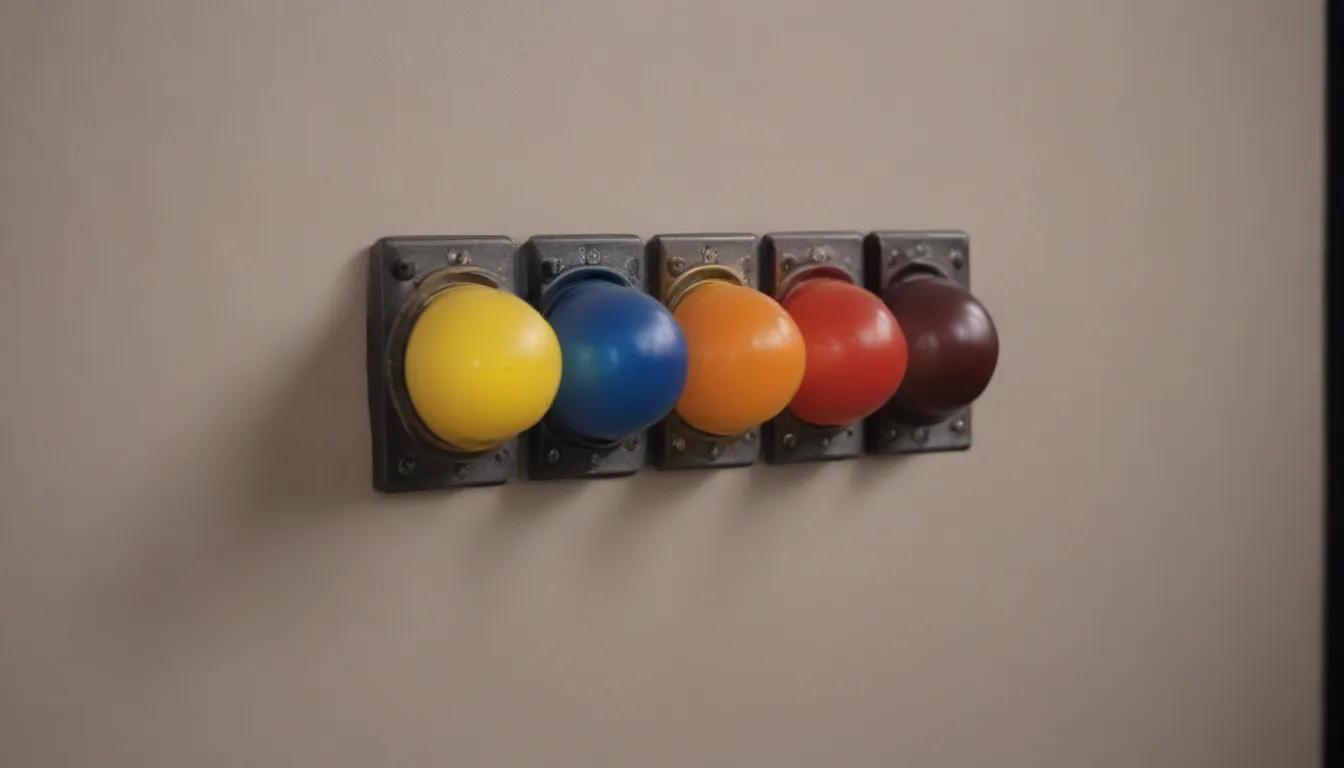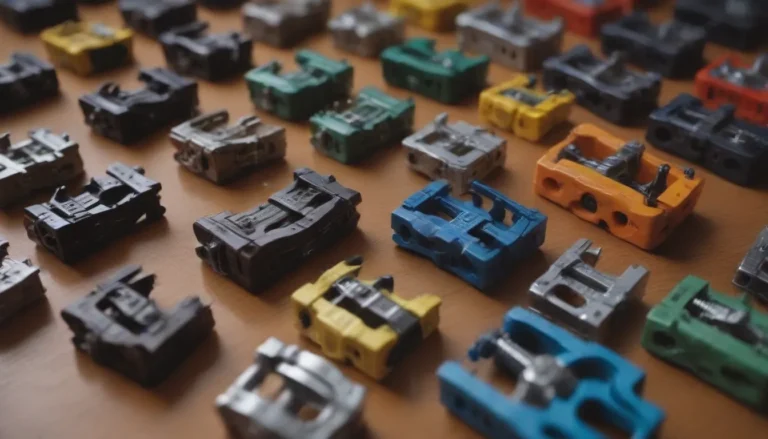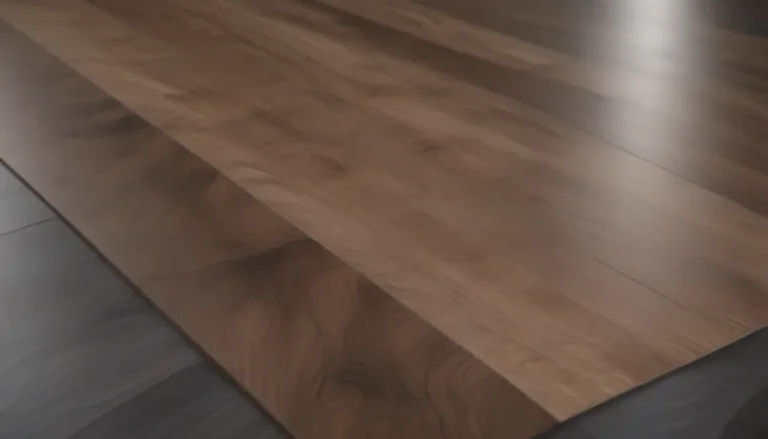Understanding 3-Way Switch Wiring: A Comprehensive Guide

Have you ever wondered how you can control a light fixture from multiple locations within your home? The answer lies in the remarkable functionality of a 3-way switch. This type of switch allows you to turn a light on or off from two different entrances to a room or from the bottom and top of a staircase. While this may seem magical, the wiring behind a 3-way switch is what makes it all possible.
3-Way Switching Simplified
To grasp the concept of 3-way switch wiring, it’s essential to understand that 3-way switches always come in pairs. This means if a circuit comprises 3-way switches, there will always be two of them. It’s crucial to note that if there are additional switches on the same circuit, they must be 4-way switches. 3-way switches are not compatible with standard single-pole switches. A 4-way switch works in conjunction with a pair of 3-ways to provide switching control from three or more locations within a space.
Key Points:
- 3-way switches always function in pairs.
- If additional switches are present, they must be 4-way switches for compatibility.
- 4-way switches collaborate with 3-ways for multi-location switching control.
Identifying a 3-Way Switch
When differentiating between a standard single-pole switch and a 3-way switch, it’s essential to note that a 3-way switch lacks “on” or “off” markings on the toggle. This is because the light can be turned on or off from either toggle position, depending on the companion switch’s toggle orientation. One foolproof method to identify a 3-way switch is by examining the switch’s body and counting the number of screw terminals. A 3-way switch typically has three terminal screws alongside a ground screw. Among these terminal screws, two are light in color and known as travelers, while the remaining dark-colored screw is the common terminal. The ground screw is usually green.
Quick Tips:
- A 3-way switch lacks “on” or “off” markings on the toggle.
- Count the number of terminal screws to identify a 3-way switch: three terminals plus a ground screw.
- Travelers are light-colored screws; common is dark-colored.
Exploring 3-Way Switch Wiring
The correct wiring of a 3-way switch is contingent on its position within the circuit. Keep in mind that 3-way switches always appear in pairs. The pivotal wire to identify is the one connected to the common screw terminal on each switch. This wire serves as the “hot” wire, responsible for conveying power from the source to the first switch and onwards to the light fixture from the second switch. The traveler terminals are designated for connecting the traveler wires, offering multiple pathways to complete the circuit and supply power to the light fixture.
Wiring Guidelines:
- The common wire is the “hot” wire responsible for conveying power.
- Traveler terminals are utilized for connecting the traveler wires.
- Neutral and ground wires play crucial roles in the circuit.
It’s noteworthy that in circumstances where a terminal wire is white, typically indicating a neutral wire, it should be appropriately marked with a band of black or red tape near the switch to signify that it is a hot wire, not a neutral one. The neutral wire bypasses both 3-way switches but connects to the light fixture, while the ground wire is essential for safety and connects to the ground terminal on each switch and the light fixture.
Simplifying 3-Way Switch Replacement
If you’re looking to replace an old 3-way switch with a new one, here’s a handy tip to ensure the wiring is accurate:
Replacement Steps:
- Before disconnecting any wires from the old switch, label the wire attached to the common screw terminal using a piece of tape.
- Proceed to disconnect all three wires, including the ground wire, from the old switch.
- Given that the two traveler wires are interchangeable, there’s no need to label them before attaching them to the traveler screws.
By following these steps, you can easily replace a 3-way switch without any confusion.
Additional Resources
For a deep dive into the function and wiring of 3-way and 4-way switch circuits, consider checking out tutorials offered by educational institutions like Wake Forest University. Understanding the intricacies of these switch systems can help you navigate electrical wiring with confidence.
In conclusion, 3-way switches are indispensable components when it comes to multi-location lighting control within your home. By comprehending their wiring and functioning, you can enhance your knowledge of electrical systems and undertake minor wiring projects with ease and proficiency. Remember to prioritize safety when working with electricity, and always consult a professional electrician for complex electrical tasks. With this information at your disposal, you’re well on your way to mastering the art of 3-way switch wiring.





